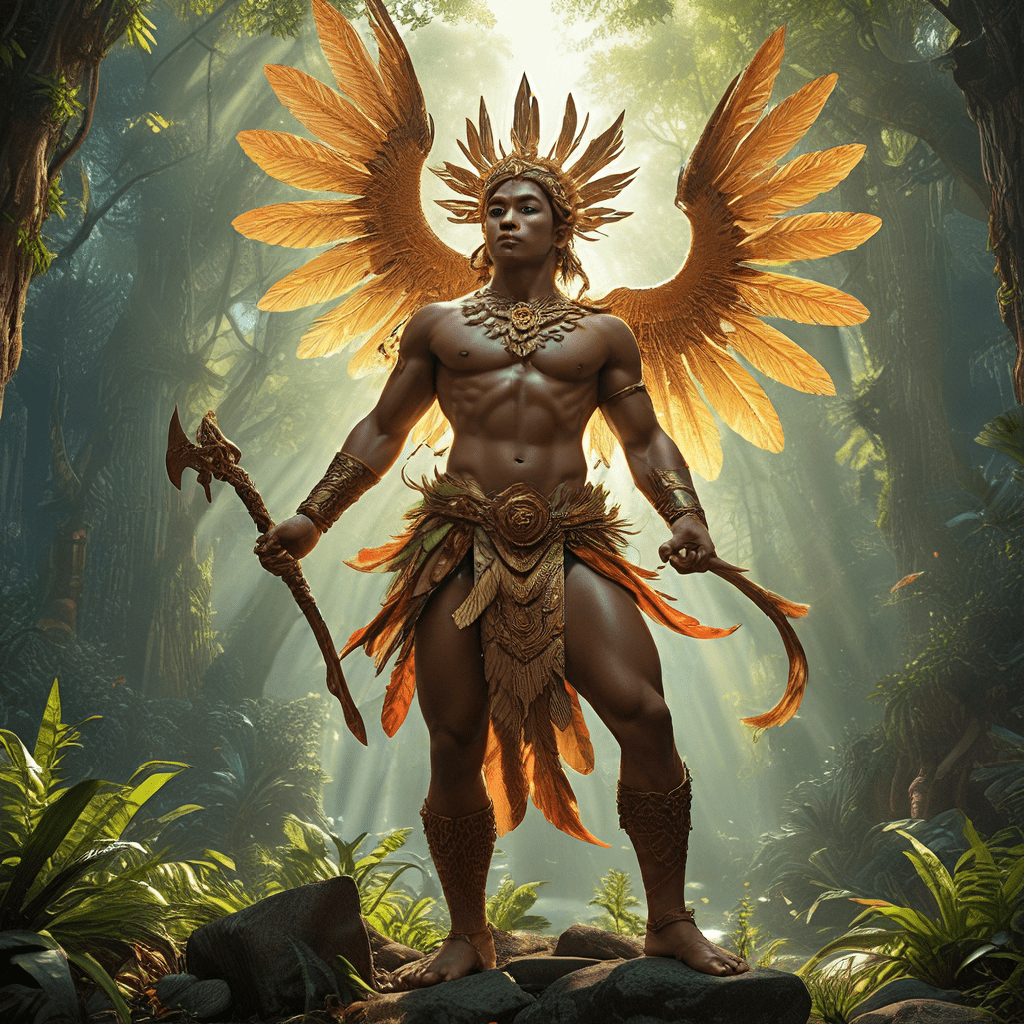Cats in Mythology: From Worship to Superstition
Introduction to Cats in Mythology
Cats have held a significant place in the mythology and folklore of various cultures throughout history. From being revered as sacred creatures to being feared as omens of misfortune, cats embody a dual nature that fascinates and intrigues. This article explores the multifaceted roles that cats have played in mythology across different cultures, highlighting their reverence and superstition.
Cats in Ancient Egyptian Culture
In Ancient Egypt, cats were not merely pets; they were worshipped as sacred beings. The goddess Bastet, often depicted as a lioness or as a woman with the head of a lioness, represented home, fertility, and domesticity. Cats were associated with her protective qualities and were believed to bring good fortune to households.
- Worship of Bastet: Bastet was revered as the protector of the home and family. Temples dedicated to her housed many cats, which were cared for by priests and priestesses.
- Household Roles: Cats played a crucial role in Egyptian households, guarding against pests and vermin. Their presence was considered a blessing that ensured abundance and fertility.
- Rituals and Treatment: Egyptians treated cats with great respect. Upon their death, cats were often mummified and buried with honors, and harming a cat could result in severe penalties.
Feline Figures in Norse Mythology
In Norse mythology, cats are linked to the goddess Freyja, who is associated with love, beauty, and fertility. Freyja rode a chariot drawn by two large cats, emphasizing their significance in her mythology.
- Freyja and Her Cats: Freyja’s connection to cats symbolizes femininity and nurturing. Cats were seen as protectors of the home and children.
- Viking Society: In Viking culture, cats were valued for their ability to control the rodent population, and their presence was believed to bring prosperity and good fortune.
Cats in Asian Mythologies
Cats also hold significant places in various Asian mythologies, each culture attributing different meanings and symbols to these enigmatic creatures.
- Japanese Folklore: The Maneki-neko, or beckoning cat, is a popular figure in Japan, believed to bring good luck and fortune to its owner.
- Chinese Mythology: In Chinese culture, cats are associated with good fortune, with beliefs that they can ward off evil spirits.
- Indian Mythology: The goddess Shashthi, who is associated with fertility and the protection of children, is often depicted with a cat, symbolizing nurturing and care.
Cats and Superstition in European Folklore
As history progressed into the Middle Ages, the perception of cats in Europe shifted dramatically. Once revered, they became associated with witchcraft and superstition.
- Transition of Perception: During the Middle Ages, cats, especially black ones, were often thought to be witches’ familiars, leading to widespread fear and persecution.
- Common Superstitions: Many superstitions arose, such as the belief that black cats crossing one’s path brought bad luck, while in some cultures, they were still considered good omens.
- The Great Plague: The Great Plague of the 14th century further tainted the image of cats, as they were blamed for the spread of the disease due to their association with vermin.
The Role of Cats in African Mythology
In various African cultures, cats are often seen as spiritual beings, embodying wisdom and guardianship.
- Spiritual Beliefs: Many tribes view cats as protectors of the home, believed to ward off evil spirits and bring peace.
- Folklore: Cats are often featured in stories that highlight their cleverness and ability to outsmart other animals, emphasizing their wisdom.
- Proverbs: Numerous proverbs and sayings reflect the cultural significance of cats, often associating them with good fortune and intelligence.
Cats in Modern Mythology and Popular Culture
In contemporary society, the image of cats has evolved yet again. They have become prominent figures in literature, movies, and online culture.
- Literature and Art: Cats are often portrayed as mysterious and magical creatures in fantasy literature and art, reflecting their ancient associations.
- Internet Cat Culture: The rise of internet cat videos and memes has created a new form of mythology, where cats are celebrated for their quirky and humorous behavior.
- Ancient Beliefs Resurrected: Modern interpretations of cats often echo ancient beliefs, celebrating their independence and mysterious nature.
Symbolism of Cats in Dreams and Omens
Cats also feature prominently in dream analysis and omens across cultures, often symbolizing intuition and independence.
- Dream Interpretation: Cats in dreams can represent feminine energy, intuition, and the subconscious mind, often inviting the dreamer to explore their inner thoughts.
- Omens: Across various traditions, the appearance of a cat can signify different omens, such as protection or a warning of impending change.
- Psychological Impact: The symbolism of cats often influences human behavior, affecting how people view independence and personal space.
Cats and Their Relationship with Humans Throughout History
The bond between humans and cats has evolved significantly from ancient times to the present day. Initially revered for their hunting skills and protective qualities, cats have become beloved companions in many households.
- Evolution of the Bond: Over centuries, the relationship has transformed from one of utility to companionship, with cats now valued for their affectionate nature.
- Modern Day Companions: Today, cats are one of the most popular pets, providing emotional support and companionship to millions.
- Cultural Reflections: The way cats are perceived today reflects long-standing cultural beliefs about their nature, independence, and role in human life.
Conclusion
Cats have occupied a unique place in mythology and culture throughout history, embodying both reverence and superstition. From the sacred temples of ancient Egypt to the digital memes of today, their legacy continues to unfold. As we explore the significance of cats across various cultures, we see how these enigmatic creatures have shaped human beliefs and continue to enchant us in myriad ways.



